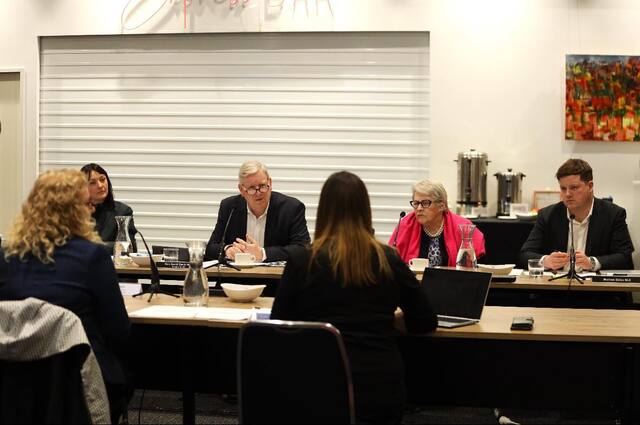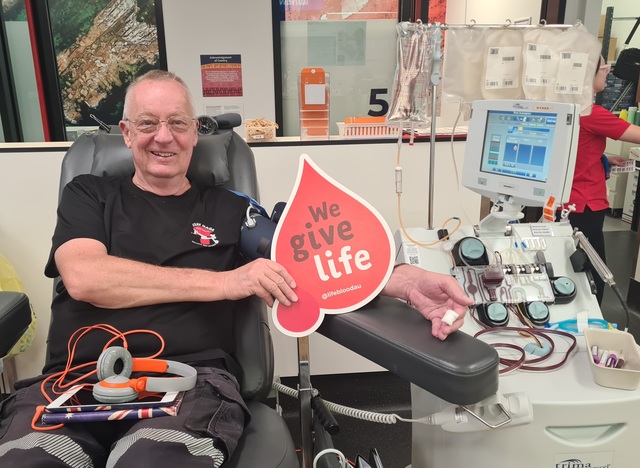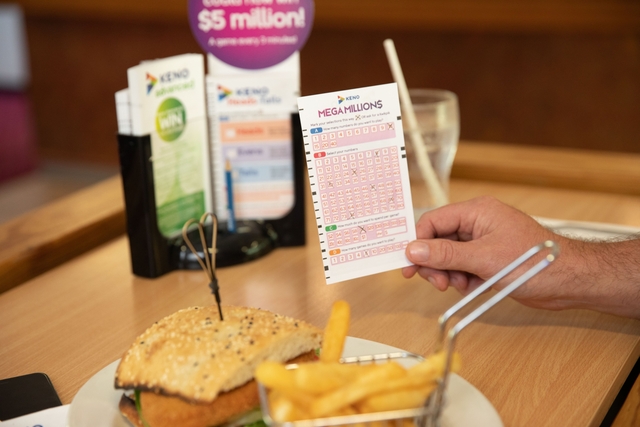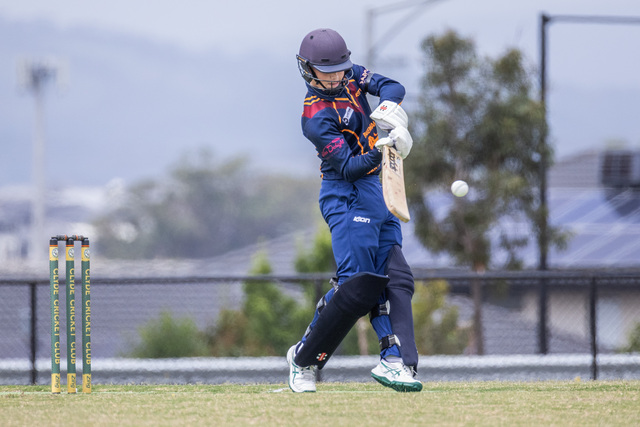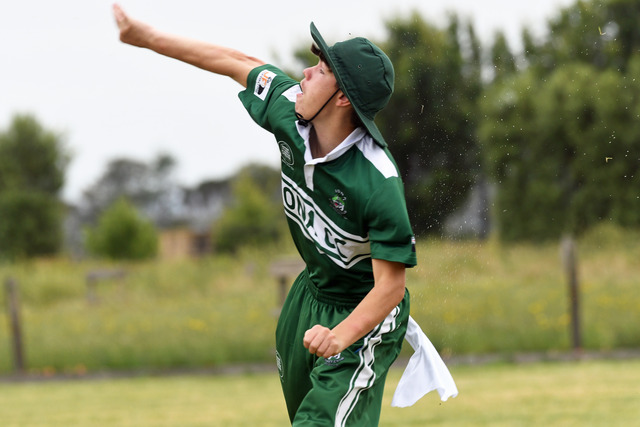‘We’re already there’ is what Cardinia CEO Carol Jeffs said before State MPs describing the shire as at the epicentre of Victoria’s impending decline in local services if the State Government doesn’t pick up their share of the financial burden.
On Wednesday 25 September, Ms Jeffs and CFO Allison Southwell appeared before a hearing in the Economy and Infrastructure Committee’s look into Local Government funding where they said there ‘not much more to squeeze out of the lemon’ in the council’s finances and flagged services being ‘rethought and not able to be provided’.
“We are not the only council that is in the same situation, I think the talk that I’m hearing is just how many years before we are in the managed declined state, and we’re already there,” Ms Jeffs said.
“It’s becoming more and more challenging to meet the broad range of requirements for our very diverse community.”
MPs from all major parties in the hearing heard of how Cardinia Shire has been increasingly burdening costs and evolving responsibilities of Local Government, with the contributions from the State Government lagging behind.
$60 million projected to facilitate free kinder, several million out of pocket from this year’s storm recovery, $15 million for cybersecurity ‘not considered optional’ and an almost $200 million shortfall from developer contributions, are among the many issues that have put a bleak shroud over the council’s future budgets.
Ms Jeffs described the reality of this ‘managed decline’ in the near future, the small, ‘not mandatory’ services that no-less ‘really do support’ Cardinia’s vulnerable residents will have to be ‘rethought and not able to be provided’.
Then there will be ‘thinking’ put toward essential services such as childcare, libraries or maternal and child health.
“After that it will be thinking about whether or not we can maintain our assets,” Ms Jeffs said.
“For me, that’s the border of the managed decline.”
New works are virtually on hold, Ms Jeff mentioned.
Not very timely news for residents looking for promises this election, compounding a possibly grim outlook for those who will be elected next month.
“It also means no new capital builds, we’ll finish off what we’ve done,” Ms Jeffs said.
“The councillors who are elected after this election are unlikely to be able to promise and deliver capital builds like recreation facilities.
“We are not the only council that is in the same situation, I think the talk that I’m hearing is just how many years before we are in the managed declined state.
“Other council have some years or maybe even a decade if they are lucky, but we’re already there.”
The core issues pertain to ratecaps where councils generally appeal for more revenue-generating rework and an increasing list of financial burdens where Cardinia feels the State Government is not chipping in their fair share.
Ms Jeffs premised her discussion on Cardinia per-urban realities, where the council has to manage ‘800 kilometres of sealed roads and 800 kilometres of unsealed roads’.
Furthermore, Cardinia houses a substantial amount of parks and reserves, despite being Crown Land, the council has been tasked to make substantial contributions to develop these sites that in Ms Jeff’s words, are effectively given over for ‘free’ to the State.
The council wants to focus on their own land, however, Ms Southwell explained that triggering windfall gains tax on these sites presents an ‘exposure’ that disincentivises development.
It was explained that these developments could hold new revenue streams in Cardinia which doesn’t have the options like inner-city councils which can generate revenue from measures like, for example, paid parking.
Ms Southwell broke down how the vast majority of the council budget comes from rates and developer contributions.
The latter, she said, can look ‘quite misleading’ on the books. Though it may say the council enjoys upwards of $100 million from developers, those funds are applied under stringent conditions, mainly to facilitate necessary infrastructure sometime in the future.
“It says we have $150 million in cash, but about $130 million of that is tied to DCPs (Developement Contributions Plan),” Ms Southwell said.
To close the presentation, they recommended some measures for the State Government to consider.
Rate caps could be indexed away from the CPI to a ‘Local Government cost index’ that can be varied between councils.
They called for greater State investment in Crown Land, for councils to be exempted from windfall gains tax and for conditions on developer contributions to be reassessed, particularly around giving councils the option to use the funds for borrowing.
Overall the situation is requiring the council’s financial team to assess numbers far beyond their scope where indicators can’t look far into the future before it goes ‘in the red’ preventing the council from having ‘a very long view’.
This contrasts with the council’s expectation of ‘20 more years of growth’ in Cardinia.
Ms Jeffs and Ms Southwell also further called for more investment in Cardinia’s local economy as ‘70 percent’ of residents travel out of the shire for work.

